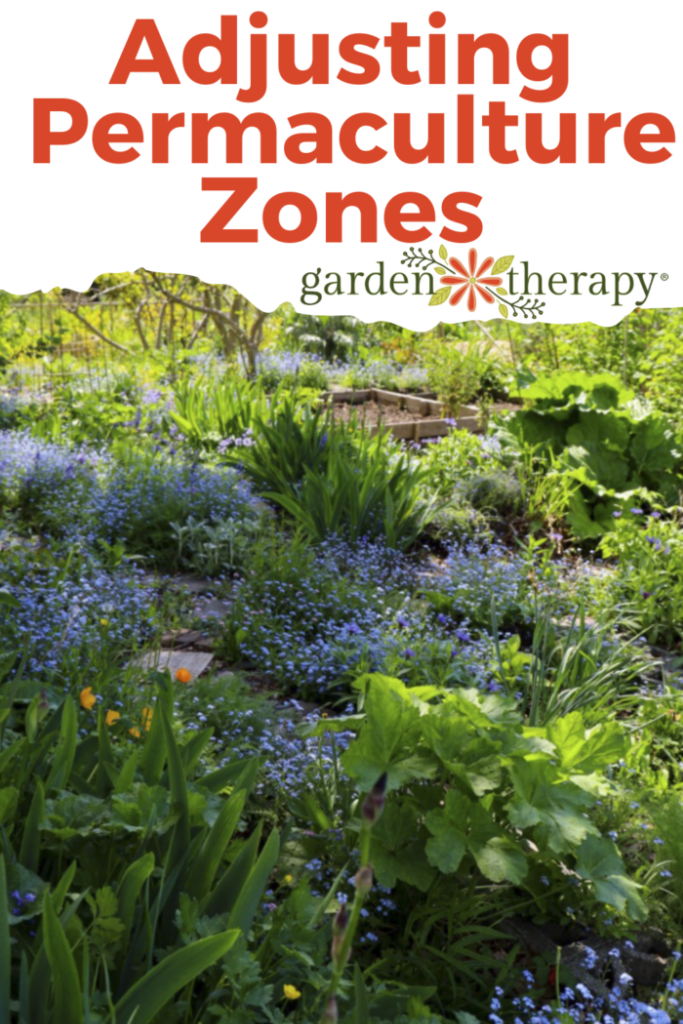Whether you have 20 sq. ft. or 10,000 sq. ft. dedicated to gardening and plants, you can utilize permaculture design! Today, I’m breaking down how you can flip the permaculture zones on their heads and customize them to suit your unique space.
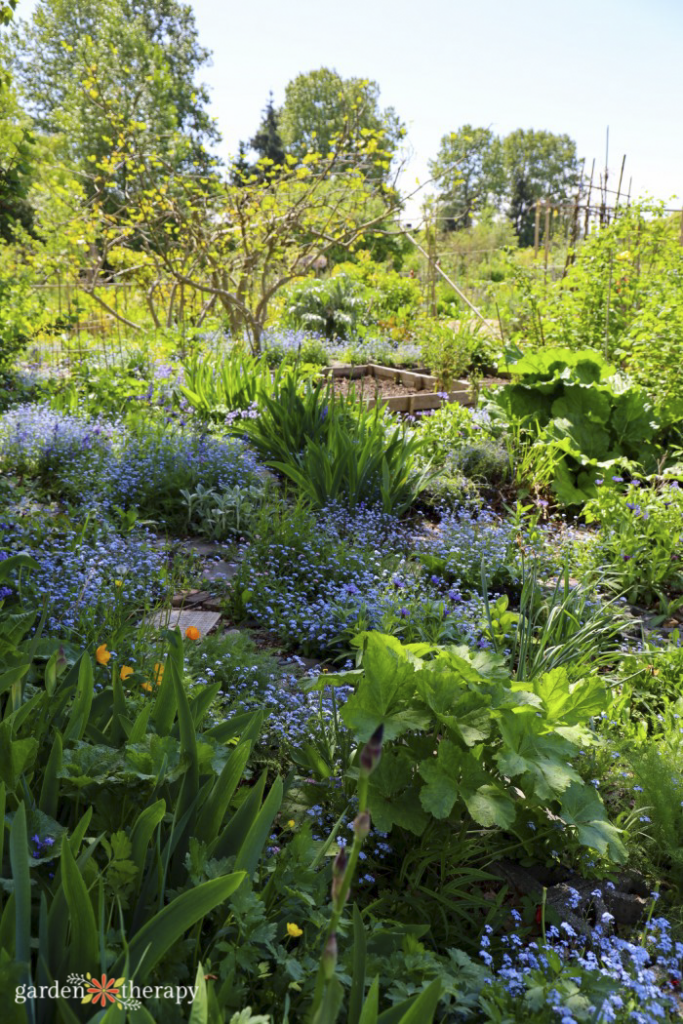
What I love most about hearing from Garden Therapy readers is how different all our gardens are. Some of us are gardening on a deck, while others are cultivating a whole acre. Some have a luscious lot in sunny California, while others embrace the few summer months in Canada.
Recently I talked about permaculture zones. On the surface level, they seem simple to follow. You can easily implement straightforward permaculture zones and designs if you have a homestead.
But the truth is, not everyone has all that space. Most of us, I should say!
My own garden is what I would call urban permaculture design. I’m working in a tight space, but I am doing a lot with what I have.
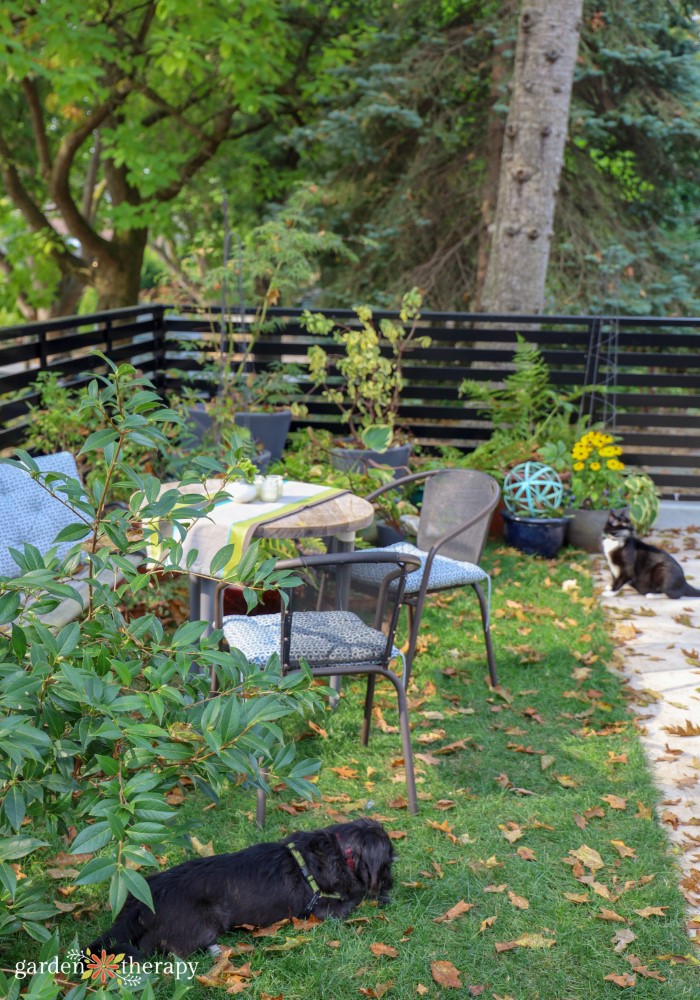
I wanted to elaborate on how you can make permaculture zones work for your space. No matter what your garden looks like, you can use permaculture design based on the core principles of what each zone represents.
So whatever type of dwelling you live in, I’m covering how you can utilize permaculture design in irregular spaces.
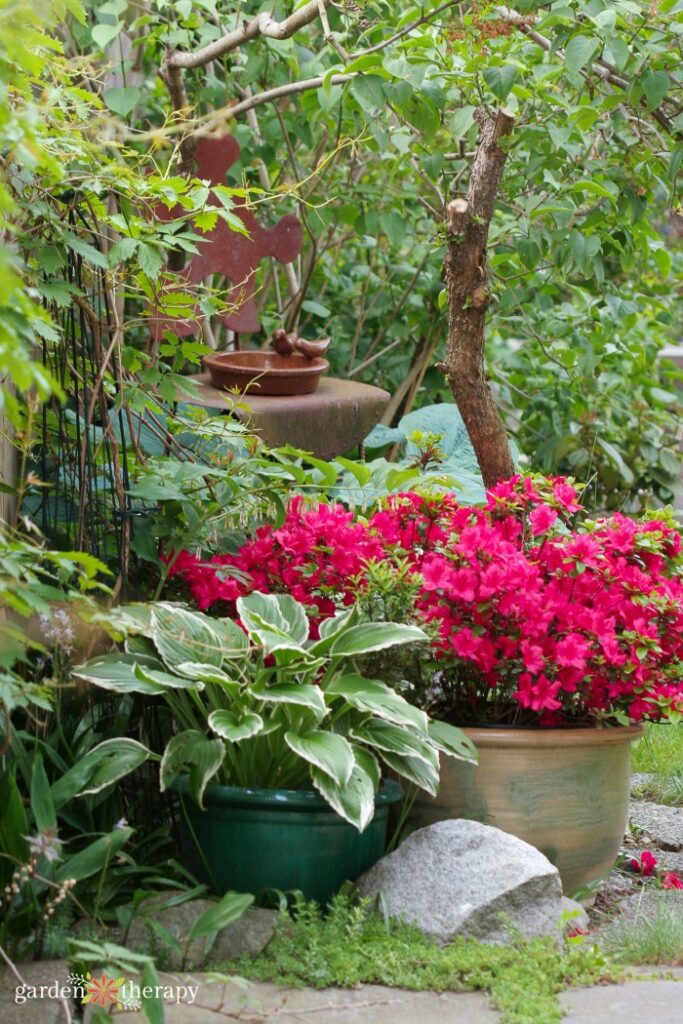
Permaculture Zone Basics
If you’re new to permaculture zones, they are a way of designing your garden to be more accessible. The closer you place plants and garden elements to you and the home, the more often you use them. Likewise, the things farther from your home are wilder places you might not visit every day.
Permaculture zones are not completely set. You can bend them and work with them to suit your unique garden. After all, we can’t all have a bustling homestead!
Tip: Before designing permaculture zones within your garden, read my guide breaking down all the different permaculture zones first!
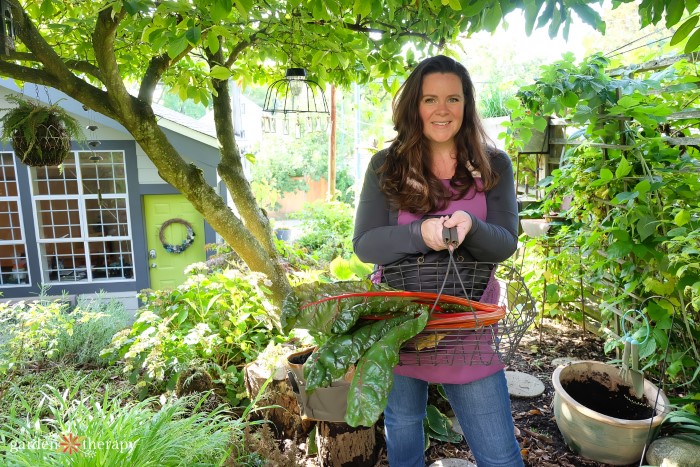
Permaculture Design for Apartments
The smallest space of them all, many gardeners who live in an apartment think that permaculture zones exist for those who actually have gardening space. But with clever design and a little out-of-the-box thinking, you can adapt permaculture design to any space.
You can create zones within your home. For instance, your living room with houseplants becomes your “home,” a windowsill herb garden your “farm,” and your deck space is your “garden.”
Here is how to utilize each of these zones for maximum benefits.
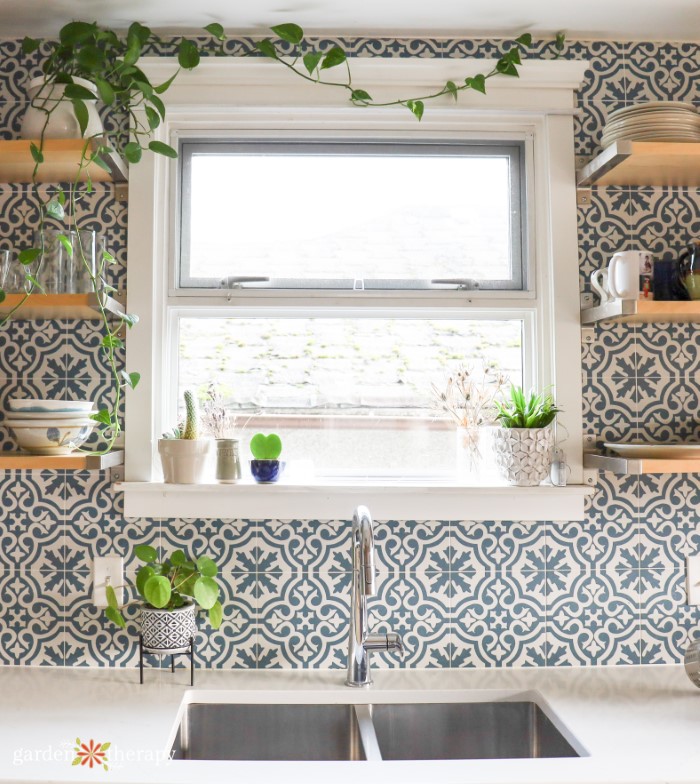
Home
- Fill it with houseplants to add greenery to your home and boost your spaces.
- Grow herbs on the kitchen windowsill.
- Eat microgreens and sprouts you grow on your counter.
- Collect kitchen scraps for your compost bin.
- Control your indoor water usage.
Garden
- Grow a salad garden on the deck.
- Container garden with herbs, vegetables, and annuals.
- Try umbrella greenhouses.
- Incorporate a small fountain on the porch.
- Add a hummingbird or other bird feeder.
Food Forest
- Visit nearby U-pick farms.
- Support local growers with a CSA subscription box.
- Visit your local farmer’s market for produce and more.
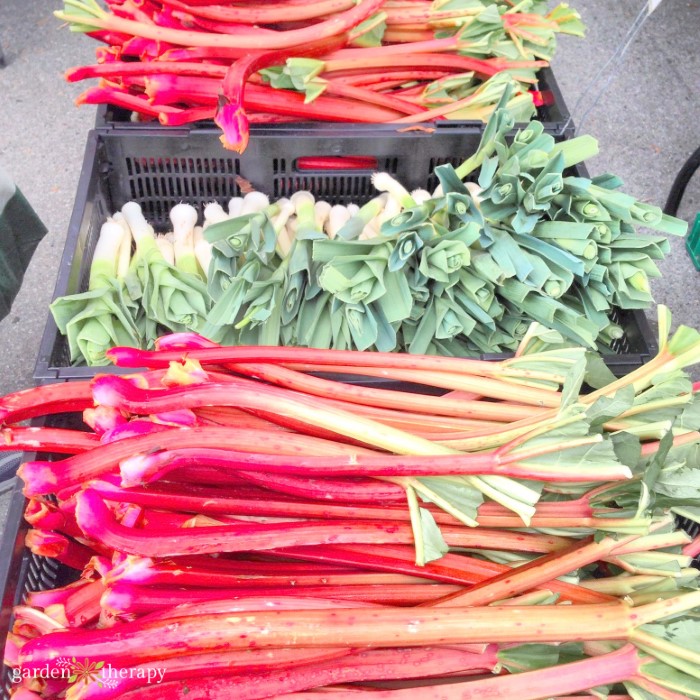
Farm
- Join community garden spaces.
- Utilize apartment compost bins.
Woodland
- Advocate for and protect green spaces around you, including local parks, trails, and wild spaces.
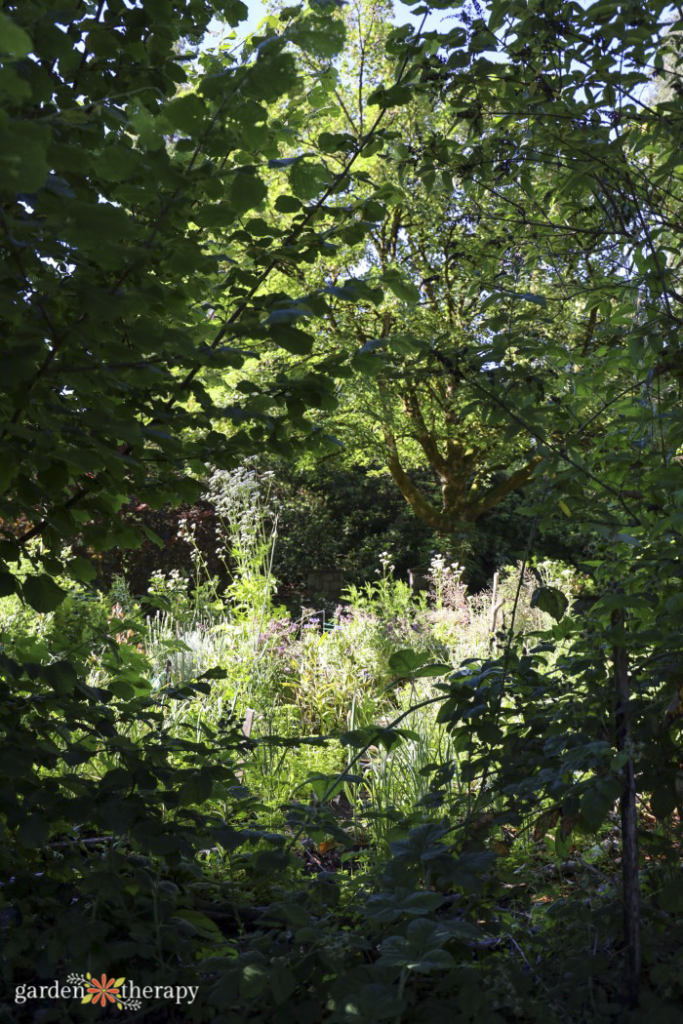
Permaculture Zones for Urban Gardens
Urban permaculture will look much like apartment permaculture but with more room. You can use many of the same ideas for apartment permaculture as well!
I personally garden in a small lot in Vancouver. I’ve created a thriving, permaculture-focused garden that utilizes every inch of space.
Most standard suburban lot spaces would look at ¼ acre permaculture zones. This means you would separate your property into a home, garden, food forest, and farm. Each of these would be its own zone. What you access the most place near your house.
Meanwhile, woodland and wild forest would be public spaces beyond your property.
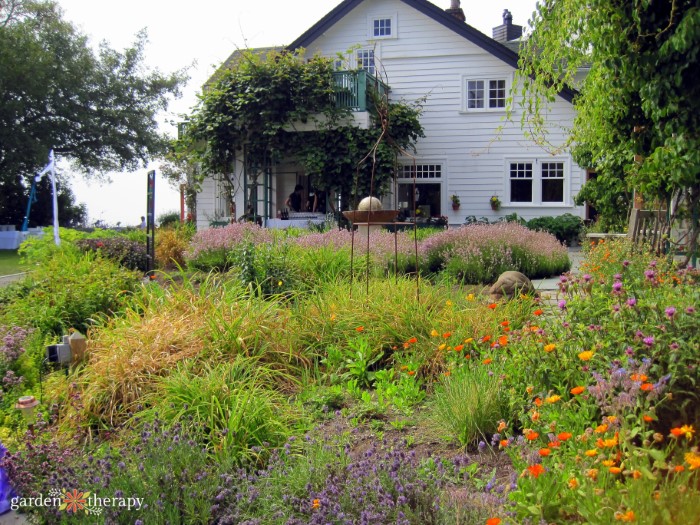
Garden
- Utilize front yard space and between houses as zones.
- Create unique vertical gardening spaces.
- Place container gardens on decks, patios, and porches.
- Collect water with a rain barrel.
- Utilize drip irrigation.
- Add a bug hotel to your fence.
- Create a wildlife pond.
Food Forest
- Add fruit and nut trees to the outer edges of your property.
- Advocate for fruit and nut trees to be planted along boulevards and public spaces.
- Grow perennial fruits and vegetables like blueberry bushes, grape vines, rosemary, etc.
- Create a boulevard garden.
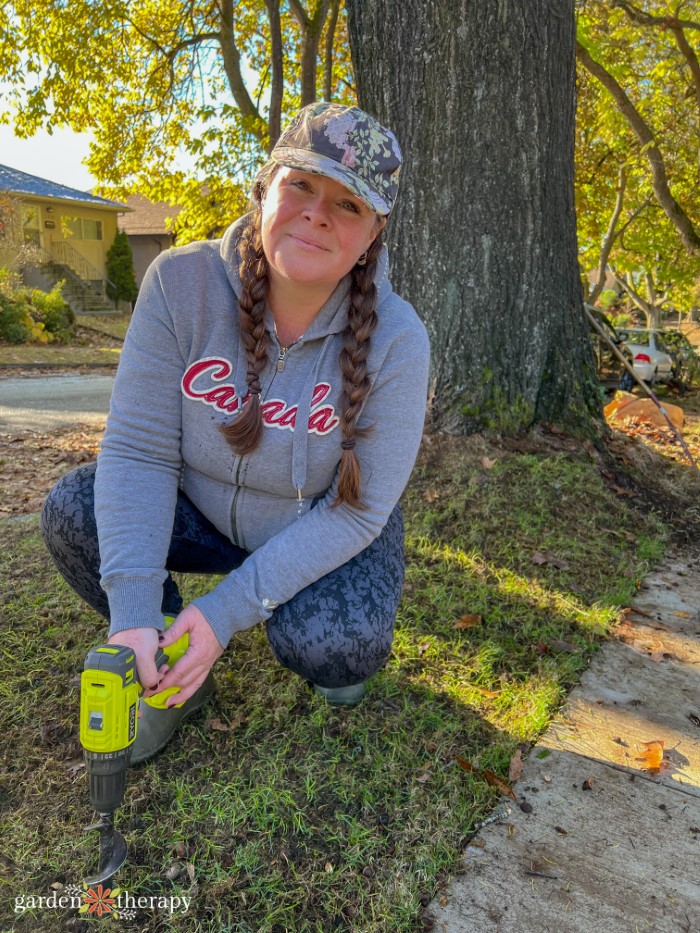
Farm
- Add chickens to your backyard.
- Buy from local farm stands.
- Add a small greenhouse to increase year-round production.
Managed Woodland
- Forage from native plants, trees, and mushrooms.
- Respect wild animals.
Wild Forest
- Make an effort to get out of the city at least once a month to visit regional, provincial/state, and national parks.
- Encourage efforts to restore native habitats and wildlife populations.
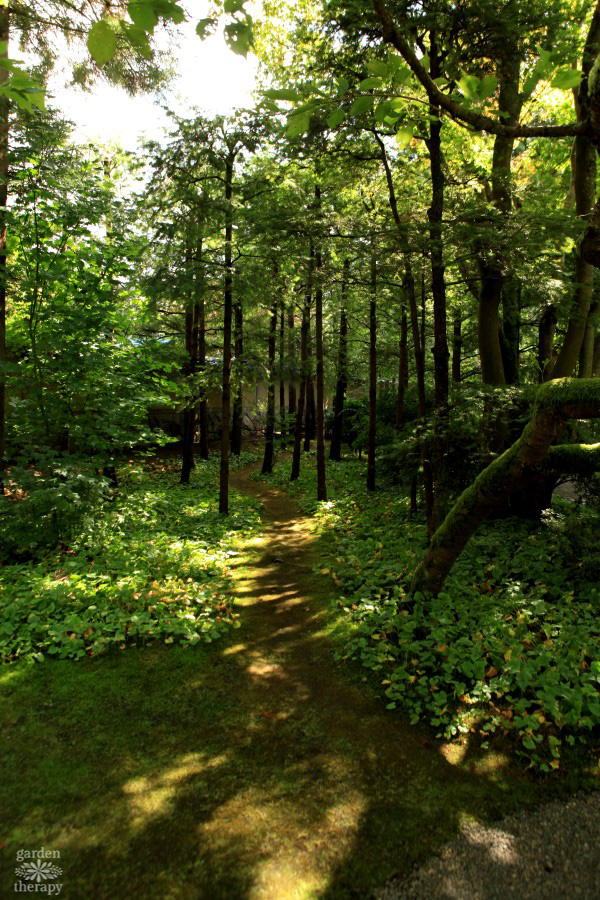
Permaculture Community Spaces
You can encourage permaculture practices in your community regardless of where you live. A huge part of permaculture design is caring for the earth and the people around you. That’s your community!
Having a voice is essential to changing practices in our communities. If these permaculture practices don’t exist in your space, it’s time to push for them!
Remember that we share this world with many other people, animals, insects, and organisms. We need to make our spaces work for all of us.
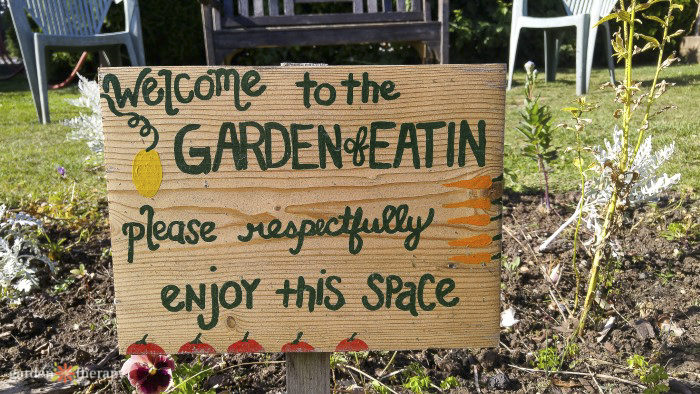
Home
- See what local initiatives there are for energy conservation, such as installing green appliances or renovation rebates.
- Participate in online gardening and Facebook groups promoting permaculture practices.
Garden
- Start a butterfly pathway garden or bee-friendly garden.
- Start or participate in a seed library to share seeds and propagations within your community.
Food Forest
- Plan a food forest in a schoolyard.
- Encourage your community to plant fruit trees.
- Donate excess produce or food from your garden.
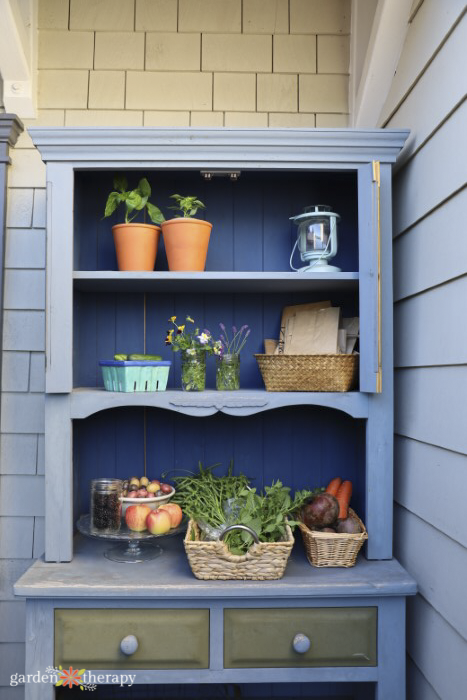
Farm
- Start an urban farm or flower stand.
- Participate in a community garden that focuses on sharing produce and donating to people in need.
- Support local farmers and growers.
Woodland
- Participate in local forest education walks, such as foraging classes, educational programs for kids, birdwatching, and more.
- Help educate the community about the local ecosystem, habitat preservation, and the wildlife that lives there.
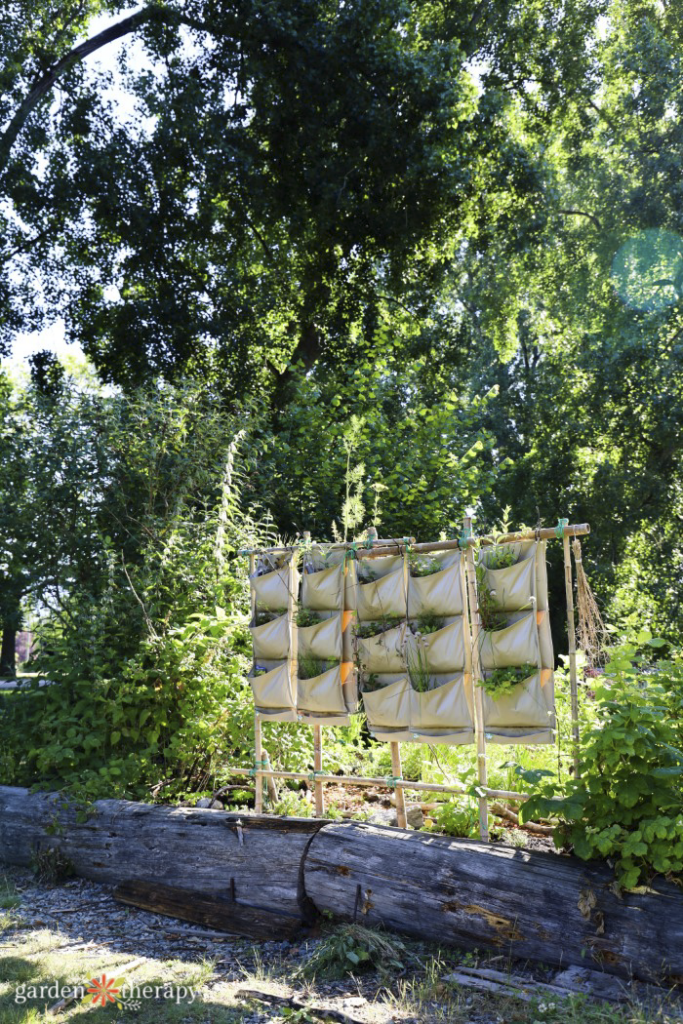
Frequently Asked Questions About Permaculture Design
When making a permaculture design, first list all the different kinds of plants, structures, and elements you want to include in your garden. Once you’ve listed them, separate them into the different permaculture zones.
With this list, you can organize your garden to keep those highly cultivated, high-maintenance plants and assets closest to you.
Permaculture design is about creating sustainable designs within your garden or farm to try and embrace natural systems as closely as possible. This means you create conscious spaces that contribute just as much to the ecosystem as you’re taking from it. Your garden is part of a greater community.
You can employ permaculture practices in any size garden, including an apartment garden, albeit creatively. The idea is to use the idea of permaculture zones and designated spaces for different plants and make it work for your unique space.
Most suburban lots are about ¼ of an acre and can easily implement permaculture design. With a standard-sized lot, you can easily have enough room for a home, garden, food forest, and farm zone. The rest you can utilize city and public spaces.
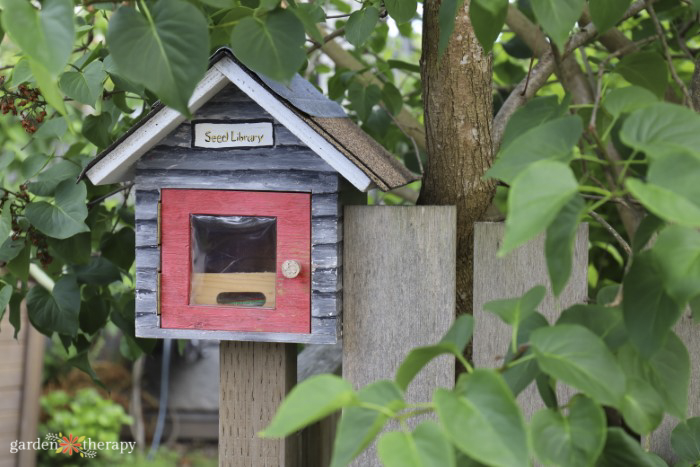
Remember, these are all just some ideas to inspire you. Make your permaculture design unique to your space, and don’t be scared to stretch the line and definitions. If you go in with permaculture practices in mind, it’s a permaculture design.
Let me know other creative ways you use permaculture design in your space. The more we share ideas, the better our gardens will be.

